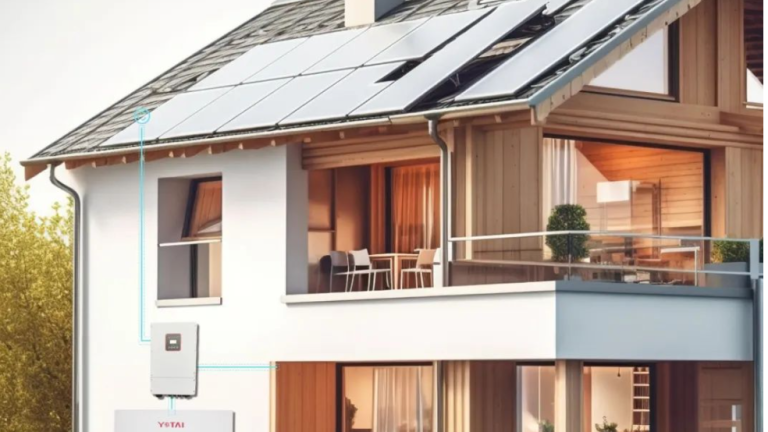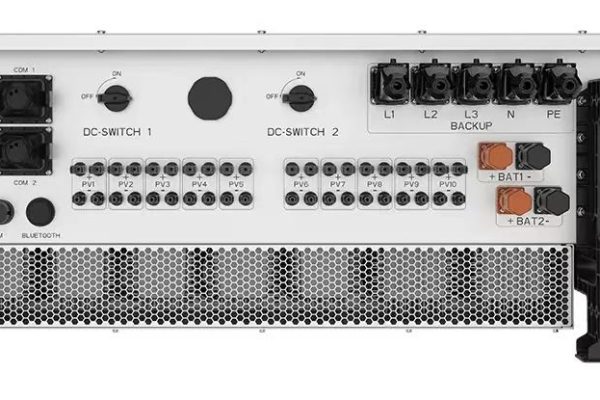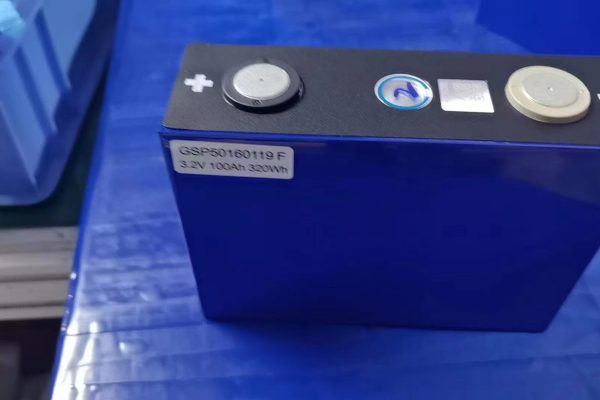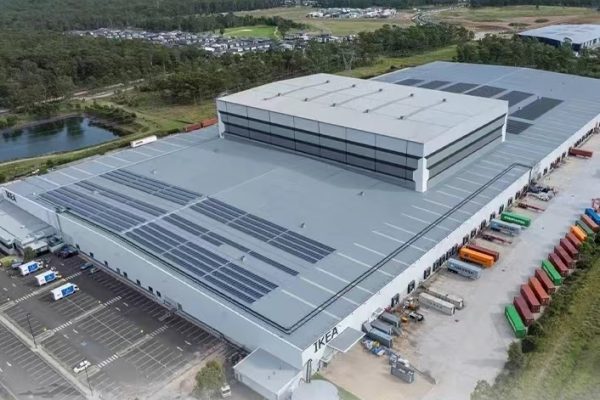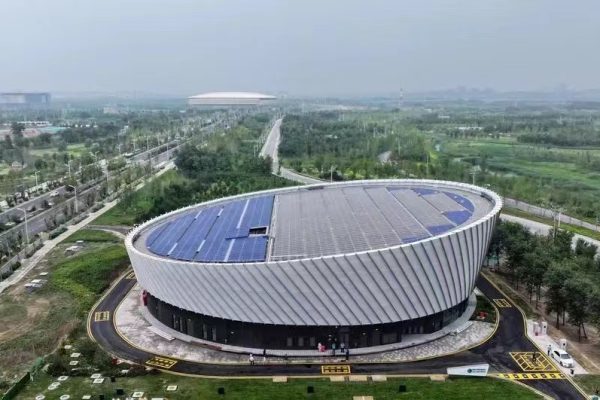Keywords:
1. Introduction
With energy costs rising and grid reliability declining in many regions, home energy storage systems (ESS) are no longer a luxury—they’re becoming a necessity. Homeowners are adopting batteries to gain energy independence, lower electricity bills, and ensure blackout protection.
2. What Is Home ESS?
A typical home ESS includes:
- Solar panels
- Hybrid inverter
- Battery bank (usually 5–15kWh)
- Battery Management System (BMS)
3. Key Benefits
- Backup Power: Keeps lights and essential appliances running during outages.
- Self-Consumption: Use more of your solar power instead of exporting.
- TOU Optimization: Charge when rates are low, discharge when high.
4. LFP vs NMC Batteries for Homes
- LFP (Lithium Iron Phosphate): Safer, longer lifespan (5000+ cycles), stable.
- NMC (Nickel Manganese Cobalt): Higher energy density, smaller size.
Most residential ESS now use LFP due to safety and thermal stability.
5. Real Example: California Homeowner
A family in Sacramento installed a 5kW PV system + 10kWh LFP battery. With TOU arbitrage and backup needs, they expect a 6.8-year payback period.
6. Conclusion
In 2025, residential energy storage is a strategic investment. It provides energy freedom, environmental benefits, and long-term savings.
👉 Want a custom home ESS plan? Reach out via gr-newenergy.com.





